کیت استخراج DNA از باکتری | Bacterial DNA Isolation kit
کیت استخراج DNA از باکتری | Bacterial DNA Isolation kit
کیت باکتوکیا یک تکنیک ساده و راحت برای جداسازی DNA با کیفیت بالا از باکتری های گرم منفی و گرم مثبت ارائه می دهد. این کیت مزایای سیستم مبتنی بر سیلیس را با فرمت میکرو اسپین ترکیب می کند و نیاز به رزین های گران قیمت و ترکیبات آلی خطرناک را از بین می برد. آنزیمهای مناسب برای اطمینان از لیز سلولی کارآمد و آزادسازی DNA از سلولها و کاملاً با تمام کاربردهای پایین دستی مانند PCR، qPCR، NGS و ریزآرایهها سازگار هستند، زیرا تمام مواد اسید هیومیک و سایر مهارکنندههای PCR در طول فرآیند جداسازی حذف میشوند.
18,000,000 ﷼
توضیحات محصول
کیت استخراج DNA از باکتری | Bacterial DNA Isolation kit
قیمت کیت استخراج DNA از باکتری |قیمت Bacterial DNA Isolation kit
Bactokia
Bacterial DNA Isolation kit
Cat. No:
FPKT024.0025
FPKT024.0050
FPKT024.0100
Contents:

Kit storage:
This kit should be stored at room temperature.
Proteinase K, Lysozyme and RNase A should be stored at -20 °C
If properly stored, all kit components are stable until the expiration date printed on the label.
After adding RNase A to BB1 buffer and absolute ethanol to BB4, Store the BB1 and BB4 at +2 to +8°C
Additional Equipment and Reagent required
- Absolute ethanol
- Standard tabletop microcentrifuge capable of 13,000 xg centrifugal force
- Microcentrifuge tubes, 1.5 ml, sterile
Application
Bactokia Kit provides a simple and convenient technique to isolate high quality DNA from both Gram-negative and Gram-positive bacteria. This kit combines the advantages of a silica-based system with a microspin format, eliminating the need for expensive resins and hazardous organic compounds. Bacteria are first incubated with the appropriate enzymes to ensure efficient cell lysis and DNA release from the cells and is fully compatible with all downstream applications such as PCR, qPCR, NGS and microarrays since all humic acid substances and other PCR inhibitors are removed during the isolation process. The procedure is optimized to achieve reliable results within 60 min.
Handling Requirements and Safety Information
All solutions are clear and should not be used when precipitates have formed. Warm the solutions at +15 to +25°C or in a 37°C water bath until the precipitates have dissolved.
BB3 Buffer contain guanidinium hydrochloride which is an irritant.
Do not allow BB2 Buffer and BB3 Buffer to touch your skin, eyes, or mucous membranes. If contact does occur, wash the affected area immediately with large amounts of water.
If you spill the reagent, dilute the spill with water before wiping it up.
Do not use any modified ethanol.
Do not pool reagents from different lot numbers.
Immediately after usage, close all bottles in order to avoid leakage, varying buffer concentrations or buffer conditions.
After first opening store all bottles in an upright position.
Do not allow the BB2 Buffer and BB3 Buffer to mix with sodium hypochlorite found in commercial bleach solutions. This mixture can produce a highly toxic gas.
Wear protective disposable gloves, laboratory coats and eye protection, when handling samples and kit reagents.
Do not contaminate the reagents with bacteria, virus, or nucleases. Use disposable pipets and nuclease free pipet tips only, to remove aliquots from reagent bottles.
preparation procedure:
Working Solution Preparation
Add RNase A to BB1 Buffer completely Dissolve the RNase A by vortexing. store the BB1 Buffer at 4 °C.
FPKT024.0025-25 preps
Add 16 ml absolute ethanol to BB4 Buffer Bottle.
FPKT024.0050-50 preps
Add 32 ml absolute ethanol to BB4 Buffer Bottle.
FPKT024.0100-100 preps
Add 64 ml absolute ethanol to BB4 Buffer Bottle.
Please note that the Ethanol concentration of a BB4 Buffer may decrease during long term storage resulting in a drop-down of the final DNA yield.
before starting Incubate the PEB Buffer at 55 to 65 ° C until the end of the protocol to obtain the maximum yields.
Protocol
- Sample preparation
Pellet the bacterial cells from 1-4 ml of bacterial culture by centrifuge in 8000-10000 g for 1 min. Discard the supernatant
- Add 200 μl BB1 Buffer to the bacterial pellet. Vortex at maximum speed for 30 Secound.
- Add 15 μl Lysozyme to the sample microtube and incubate at 37°C for 30 minutes. Invert the tube every 5 minutes.
- Add 200 μl BB2 Buffer to the microtube and mix them by Vortex.
- Add 2.5 μl of Proteinase K then mix by vortex. Incubate at 60 °C for at least 15 minutes. During incubation, invert the tube every 3 minutes.
- Add 400 μl of BB3 Buffer to the sample and mix by vortex for 10 seconds. Briefly spin the tube to remove drops from the inside of the lid. Centrifuge at full speed (~18,000 x g) for 1 minutes.
- Transfer the supernatant into a DNA spin column assembled in a clean collection tube (provided). Centrifuge at 10000 g for 1 min at room temperature.
- Disconnect the DNA spin column from collection tube and discard the flow through solution. Reconnect the DNA spin column to the collection tube.
- Add 500 μl BB4 Buffer to DNA spin column and centrifuge at 10000 g for 1 min. Discard flow through.
- Centrifuge the DNA spin column at 10000 g for 1 min to remove residual ethanol.
- Place the DNA spin column into the clean new microtube. Add 30 μl of pre-warmed PEB Buffer directly onto column membrane and stand for 3 min. Centrifuge at 10000 g for 1 min.
- Add another 30 μl pre-warmed PEB Buffer or sterile DDW directly onto column membrane and stand for 3 min. Centrifuge at 10000 g for 1 min.
- Check 7-10 μl of extracted DNA by 1% agarose gel electrophoresis. Store DNA at -20 ̊ C.
کیت استخراج DNA از باکتری | Bacterial DNA Isolation kit
قیمت کیت استخراج DNA از باکتری |قیمت Bacterial DNA Isolation kit
بررسی تخصصی
سایر ویژگیها
تعداد Preparation را انتخاب کنید
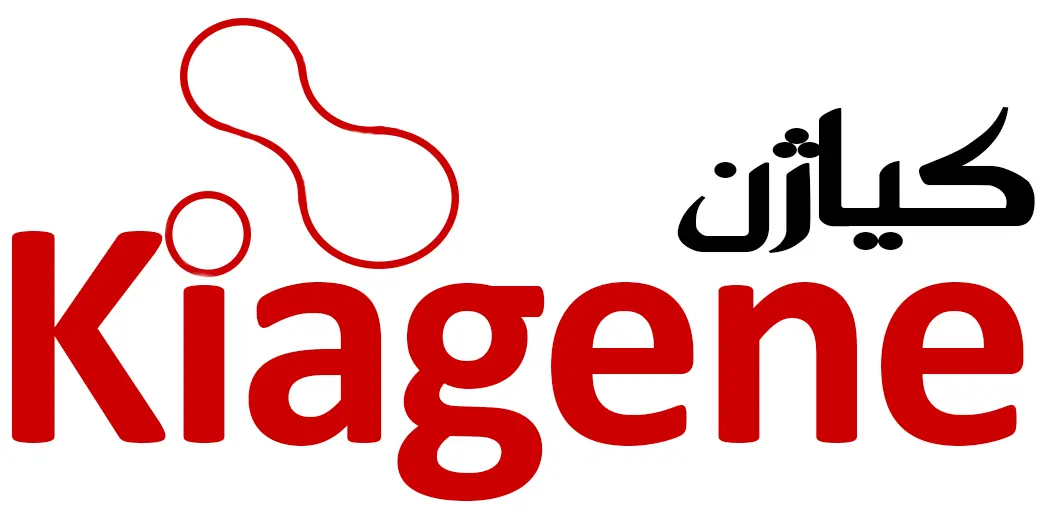
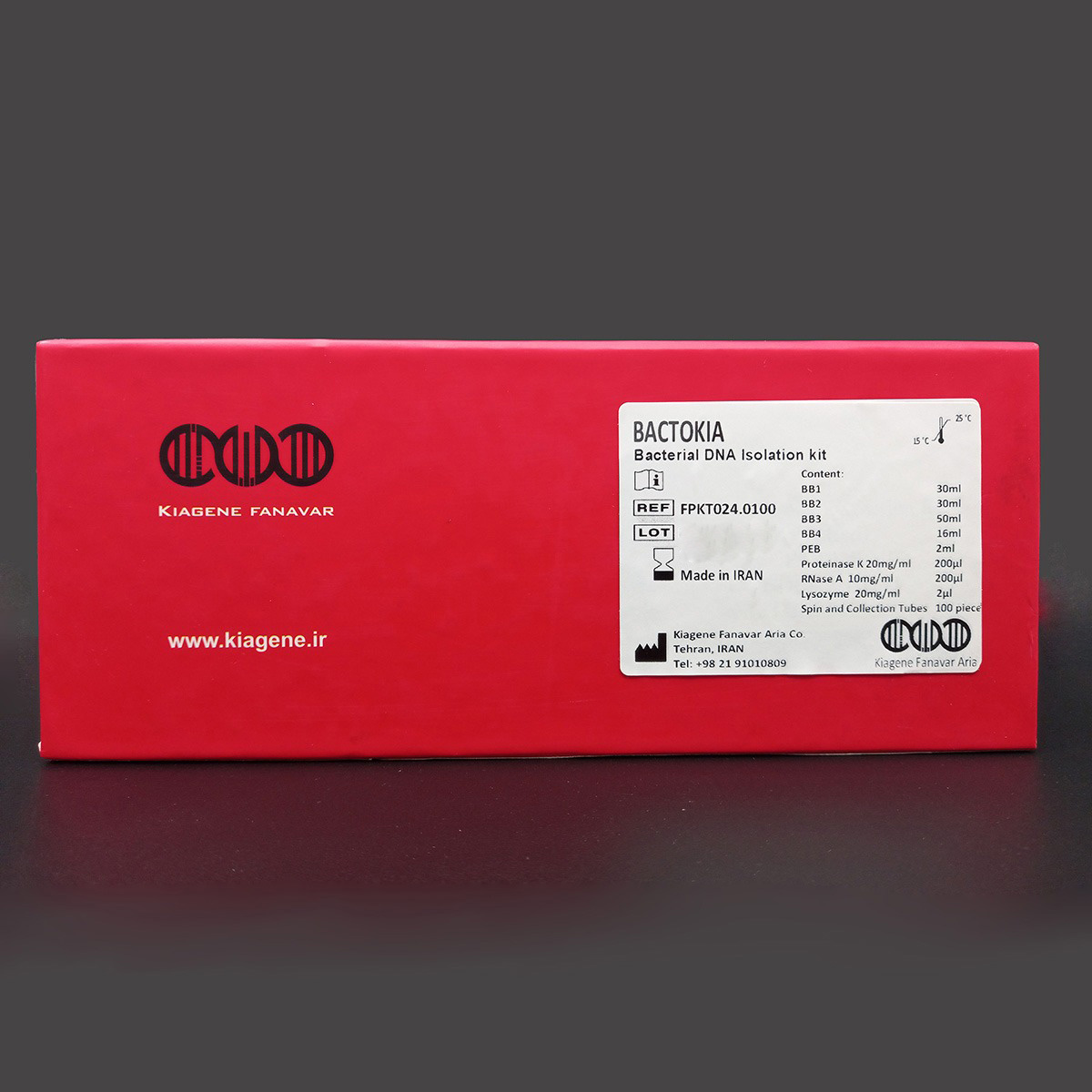










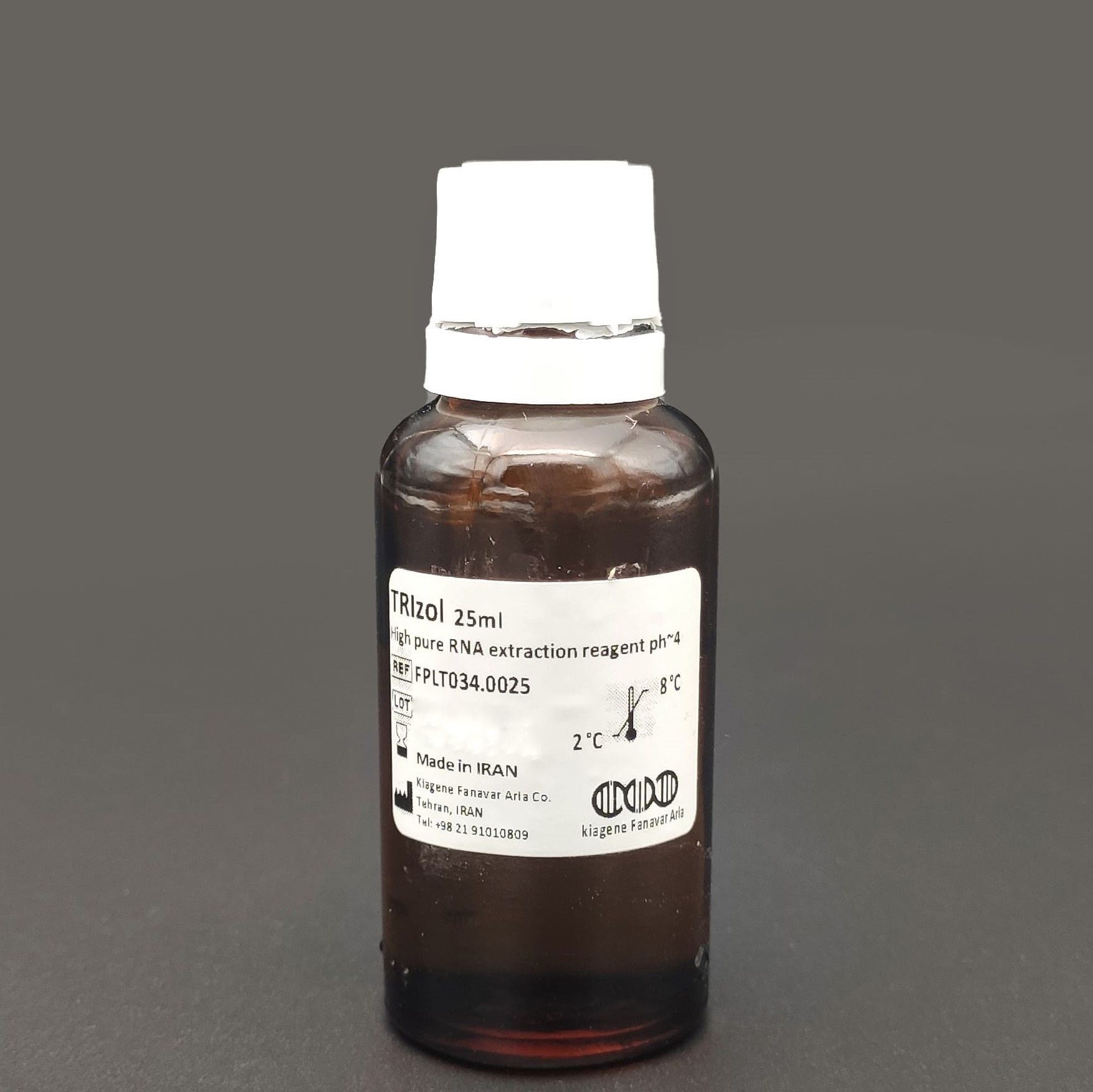


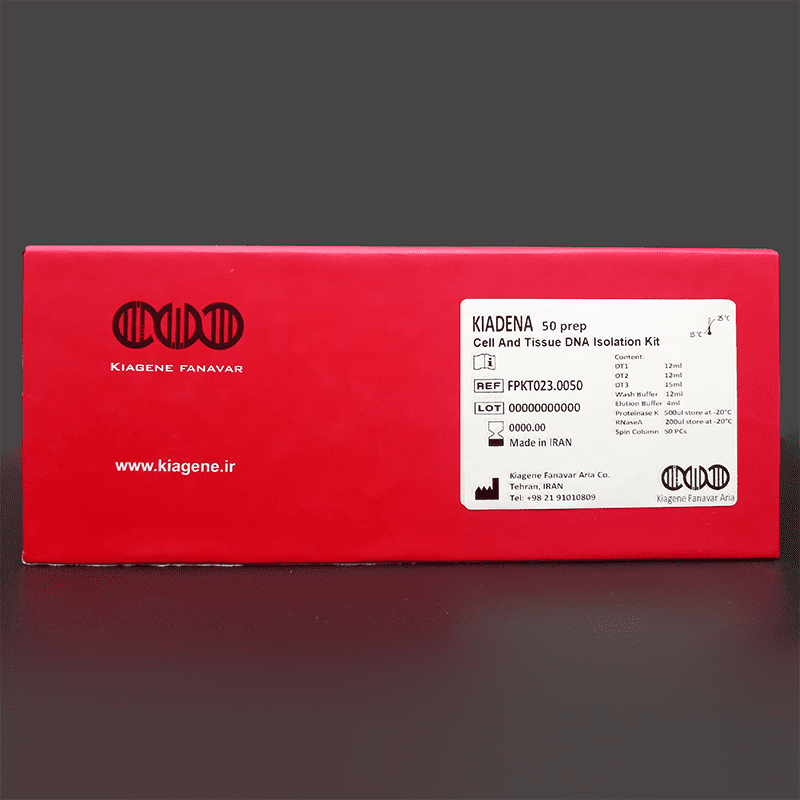
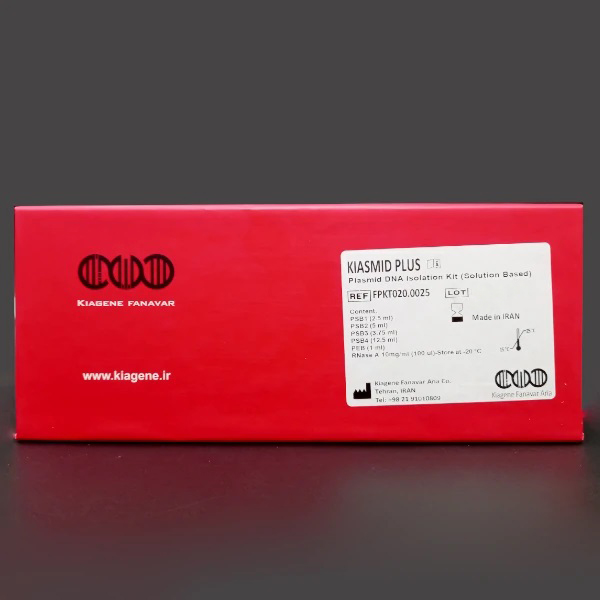
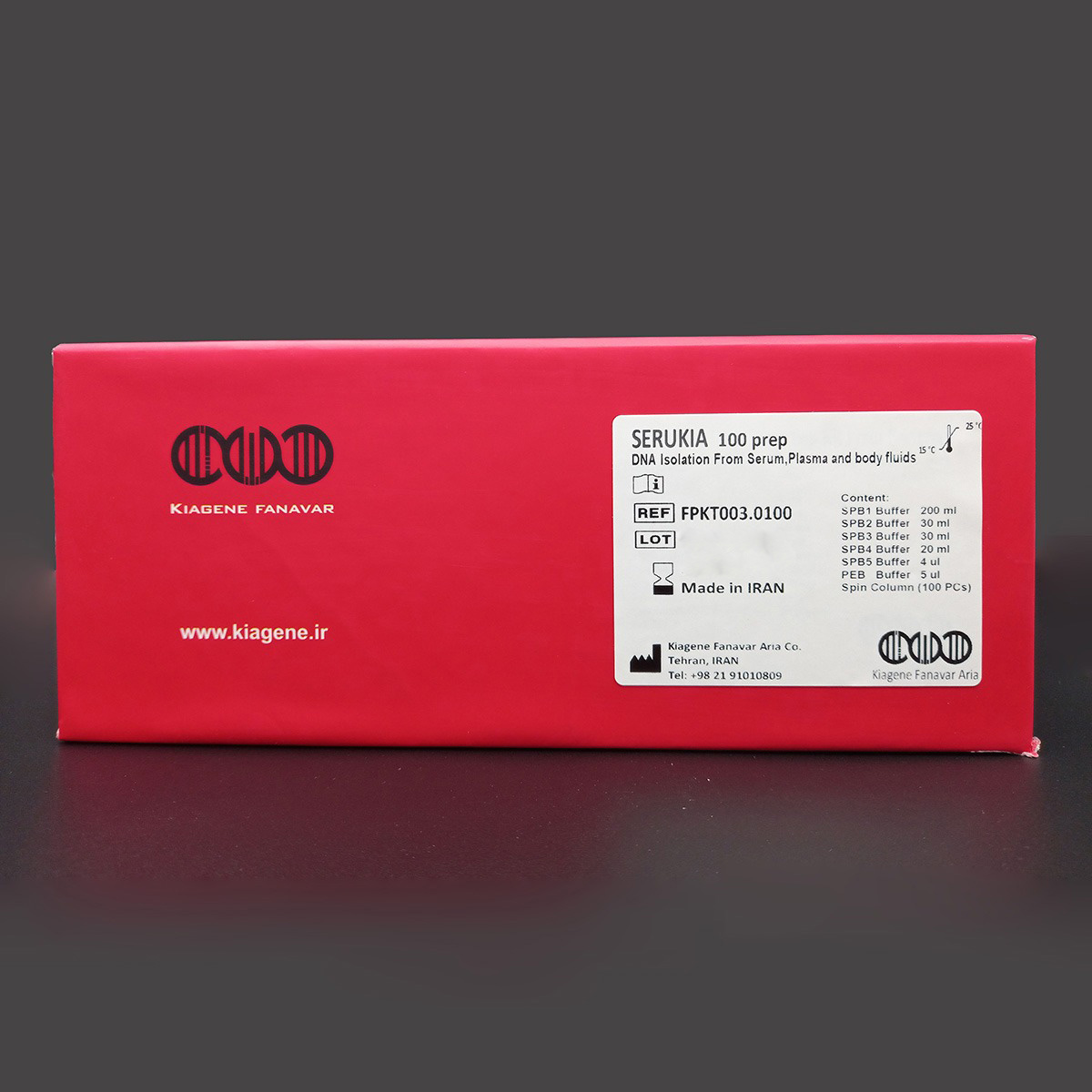

علی –
قیمت و کیفیت عالی
inhiple –
Include Natural Killer Cells in the Covid 19 Arsenal; 2020 cobicistat will increase the level or effect of progesterone intravaginal gel by affecting hepatic intestinal enzyme CYP3A4 metabolism
inhiple –
For comparison purposes, the levels of LRRC8A mRNA were used to normalize the expression of the other subunits